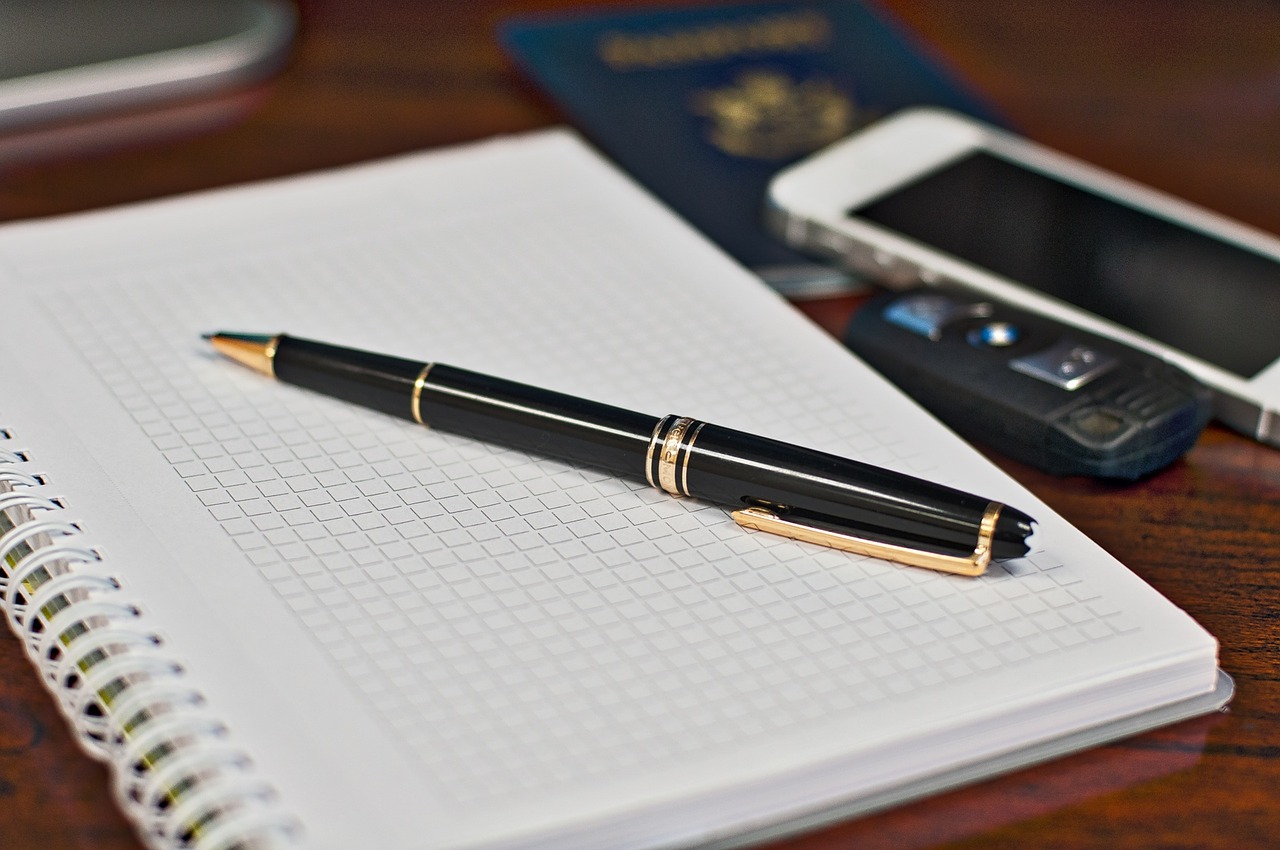Good newswriting is at the heart of journalism and essential for informing readers clearly, accurately and entertainingly. With the right concepts in mind, journalists can write stories that are both informative and relatable. Here’s a full guide to perfecting the art of newswriting.
Focus on the Inverted Pyramid
The inverted pyramid is a basic building block of newswriting. Start with the hard news, the who, what, when, where, why, and how. This way, readers understand the main points almost immediately, even if they don’t read the entire article. Secondary details and background information are in order of decreasing importance.
Craft a Strong Lead
The lead is the beginning sentence or paragraph that attracts the reader. It must sum up the story’s thesis, suggesting that the reader read on. A good lead is tight, focused and interesting, leading the reader into the story.
Prioritize Clarity and Simplicity
Newswriting should be understandable to a wide range of readers. Speak in a way that is clear, direct, and jargon-free. Use short sentences and paragraphs for readability. You want to say things in as clear and concise manner as possible, but not at the expense of Bulls-ness or truth.
Ensure Accuracy and Fairness
Accuracy is paramount in journalism. Check all facts, names and quotations before publication. Provide balanced points of view in order to be fair and objective. Steer clear of bias and try to present all sides of an issue fairly.
Utilize Strong Quotes
Quotes add flavor and real life to a narrative. Choose quotes that are pertinent and powerful quotes that convey perception or emotion. Employ them to call attention to the story, and underline major points, but always acknowledge their source.
Maintain Objectivity
Objectivity is crucial in newswriting. Just report the news without your individual opinion or bias. Let the readers decide for themselves after reading everything available. Impartiality increases credibility and trust.
Use Active Voice
Active voice makes writing stronger and more lively. It adverts to the subject doing rather than being done to. For instance, “The mayor announced the new policy” is a more interesting sentence than “The new policy was announced by the mayor.”
Structure with Clear Transitions
Seamless segues between paragraphs and between sections, help carry the reader through the story. Link ideas and flow into them with transition words. Of course, this unity brought about a cohesion that makes the story smooth and accessible.
Incorporate Relevant Background
Context is helpful as well, it enriches the story and assists comprehension. Insert background to provide readers with the gestalt. That could mean history, similar occurrences, or important personalities.
Edit and Proofread
A good deal of editing and proofreading is necessary for refined newswriting. Look for mistakes of grammar, spelling and continuity. Try to get the article to flow once words are just right and comply with journalistic style. Try to have reasonable flow to the article once you’ve made the words right and it conform to journalistic format. A well-edited piece reflects professionalism.
Stay Ethical
One of the prerogatives of journalism is being responsible to ethical standards. Show consideration for privacy and avoid conflicts of interest, and reference sources properly. Responsible journalism builds trust and maintains the credibility of the profession.
Conclusion
It’s all about getting a balance of clarity, accuracy and engagement. Journalists can tell stories that matter and affect people by using a structured way of telling stories, being objective, and upholding ethical standards. Adopt these recommendations to improve your newswriting and support quality journalism.



